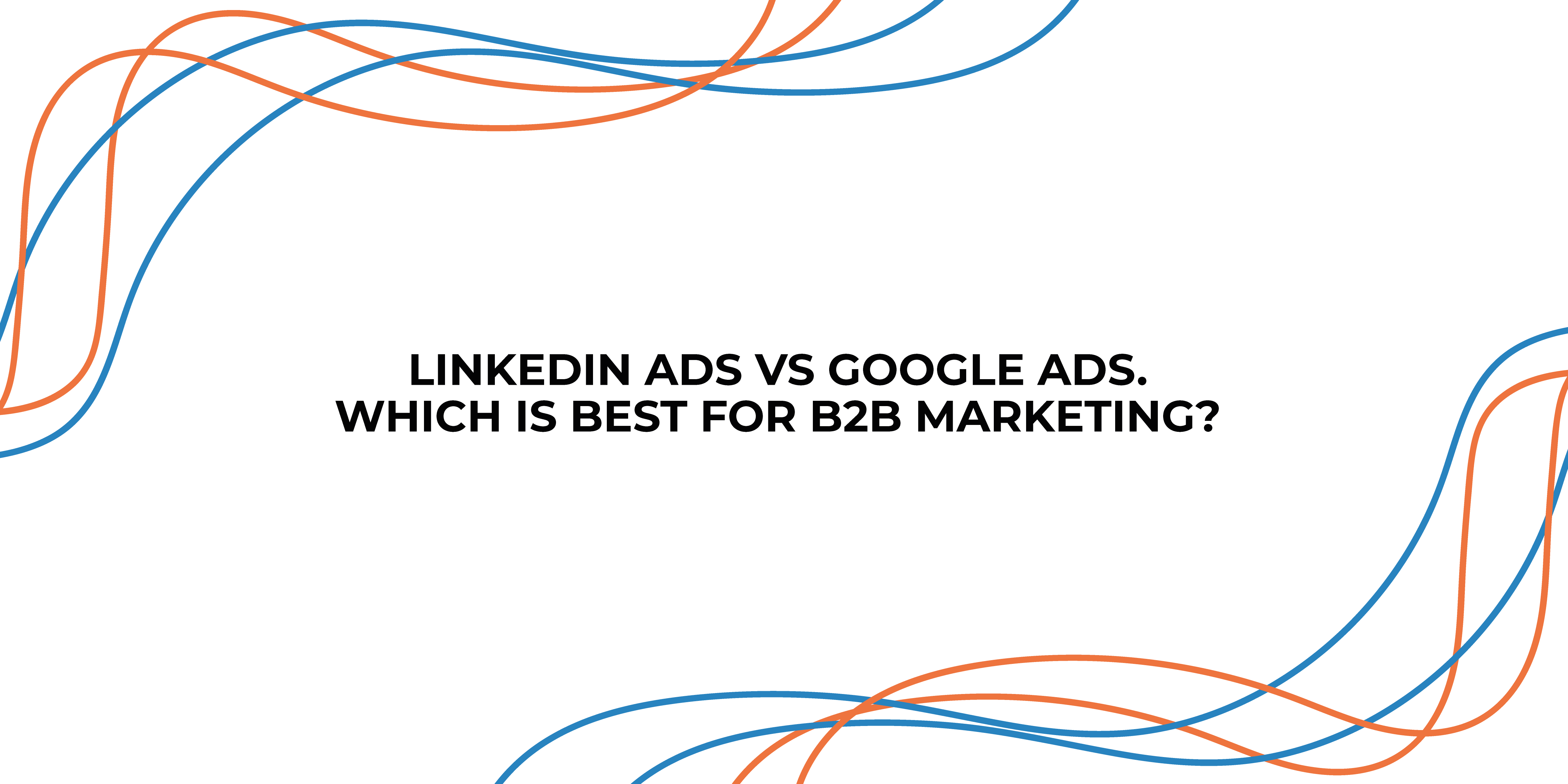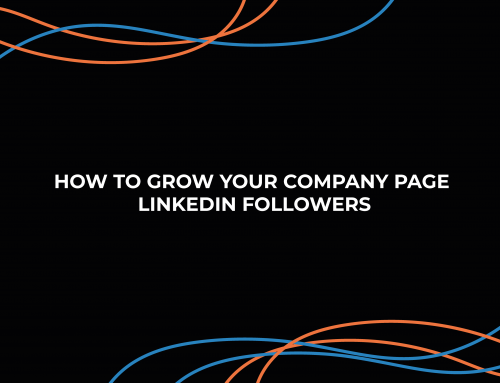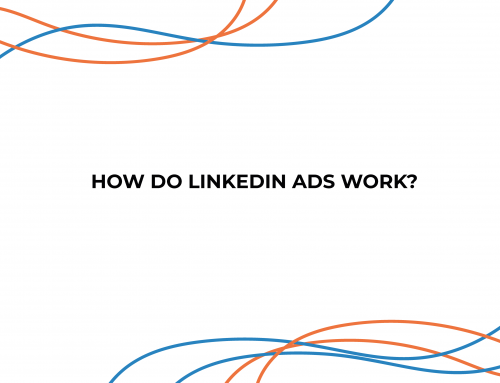Usually, when it comes to investing in an online platform with a “Cost-Per-X” model, many B2B businesses are torn between Google Ads and LinkedIn Ads. While there are a few other advertising platforms available, these two are, without question, the most well-known.
It can be difficult to know which will best suit your company’s advertising needs. But first, what is B2B marketing? Through this type of marketing, B2B businesses incentivise other businesses to purchase their products and services by demonstrating how their product or service will yield higher profitability and better business results than the competition.
LinkedIn Ads and Google Ads are loaded with features that can help any business looking to invest in b2b marketing succeed. It’s important to evaluate both options thoroughly and make sure you choose the platform that could potentially get your business desirable results for years to come.
Both are effective tools for businesses looking to drive leads and conversions, but they work differently. Let’s break down the difference between these two powerful advertising platforms.
What is Google Ads?
Google is the most popular search engine, with over 4.3 billion users worldwide, so much so that “Let’s Google it!” has entered into everyday parlance.
As one of the biggest search engine platforms in the world, Google Ads has a broader reach than LinkedIn and other advertising platforms – but this might not always be a good thing.
If you are a B2B company looking to advertise on google, it’s incredibly important to target your audience correctly. Otherwise, you could find yourself spending without gaining any high-quality leads or conversions from your ad budget.
With Google Ads, you can use targeting to ensure your ad reaches the right audience. You can set parameters for location, age, language, and interests; this will help narrow down the targeting criteria to better match your ideal buyer persona. If done right, you can get your message in front of the right people at less cost, making it easier to convert leads into customers.
To avoid wasting time and money while using Google Ads, ensure you understand who you are trying to advertise to so that your ads reach the people most likely to respond positively.
What is LinkedIn?
LinkedIn is an invaluable resource for businesses seeking meaningful connections with professionals or other companies. It has become one of the largest and fastest-growing social platforms in recent years, clocking in over 875 million members and 55 million registered companies.
Since its creation in 2002, LinkedIn has been committed to establishing powerful connections between job seekers and businesses. Users can create professional profiles and build relationships, join industry-specific conversations, and even learn about job openings. There is no better platform than LinkedIn for businesses looking to expand their reach and find potential new customers or clients.
What’s the difference between Google Ads and LinkedIn Ads?
Targeting Options
Google Ads allows you to target users based on their search queries, as well as location, language, device type, time of day, and more. It also gives you access to features such as audience targeting and remarketing lists to target people who have expressed interest in your products or services. The key to success with Google Ads is having a good understanding of your customer’s search patterns and behaviours.
LinkedIn Ads provides more specific targeting capabilities since it focuses solely on business-to-business (B2B) audiences. With LinkedIn Ads, you can target potential customers by job title, industry, company size, seniority level, location, interests etc., allowing you to reach the exact people who need your product or service the most. LinkedIn Ads also allows you to create sponsored content ads that appear in user newsfeeds alongside other organic posts from their connections or industry leaders. This makes them highly visible and increases engagement with potential customers. Contrastingly with Google Ads, where paid ads appear at the top of SERP pages when certain keywords are used in a search query, this makes it easy for potential customers to find them when searching for specific terms related to your product or service.
Cost Per Click (CPC) & Cost Per Impression (CPM)
The cost per click (CPC) for both Google AdWords and LinkedIn Advertising is determined by how competitive each keyword is that you use in your campaigns — meaning how many other businesses are bidding against yours for those same words or phrases? The higher the competition for a particular keyword, the higher CPC will be charged for it relative to one with less competition. The same principle applies when considering cost per impression (CPM).
LinkedIn advertising has a reputation for being expensive, and there are numerous factors for its steep advertising costs. LinkedIn stands out from other digital marketing channels like Google Ads and Bing as it’s an exclusive network dedicated to B2B marketing – ultimately helping businesses to build reciprocal relationships that cannot be done elsewhere.
LinkedIn Advertising is also unique in its approach towards segmentation, targeting, precise tracking, and generating tangible business results. For brands looking to leverage the power of LinkedIn, advertising provides the opportunity to drive engagement among users who have already expressed an interest in their sector or service.
Conversion Tracking
Conversion tracking is an important part of any digital marketing strategy. Not only does it give you insights into how effective your campaign is, but it also allows you to adjust your strategy to ensure optimal ROI.
Google offers a variety of ways for businesses to track conversions. The most popular method is adding code directly onto the website, but other options are also available. For example, you can use Google Tag Manager or import goals from Google Analytics. Additionally, some goals, like calls, will be tracked without any configuration from you. There is even an option for advanced users who want to adjust their attribution models and windows.
LinkedIn’s conversion tracking options are more limited than those offered by Google. If you use lead forms or messaging within the platform, you can receive leads directly within LinkedIn. This is the cleanest method with LinkedIn since it allows you to easily monitor your leads and track their paths from initial contact to conversion. However, if your call to action is something other than lead forms or messaging (e.g., scheduling a demo), then setting up conversion tracking on LinkedIn becomes more complicated.
One easy way to track conversions is to use Calendly and send confirmations to a thank you page on your website (or any page that does not require a login). Then you can take that thank you page URL and make destination URL conversions in both Google Analytics and LinkedIn’s Ads Manager platform. This will allow you to track each user who clicked through from your ad and ended up converting on one of these pages.
So, which one comes out on top? Google Ads or LinkedIn Ads?
Google Ads is a powerful tool for many businesses, but it may not be the best choice when it comes to B2B companies. Google Ads has been proven to have a lower conversion rate (3.48%) than LinkedIn (6.1%) for this type of business, which means that if you are looking for success with your B2B venture, you might want to look into LinkedIn as an alternative. Although both Google Ads and LinkedIn can help deliver leads, the latter tends to be better suited for B2B deals due to its higher conversion rates.





